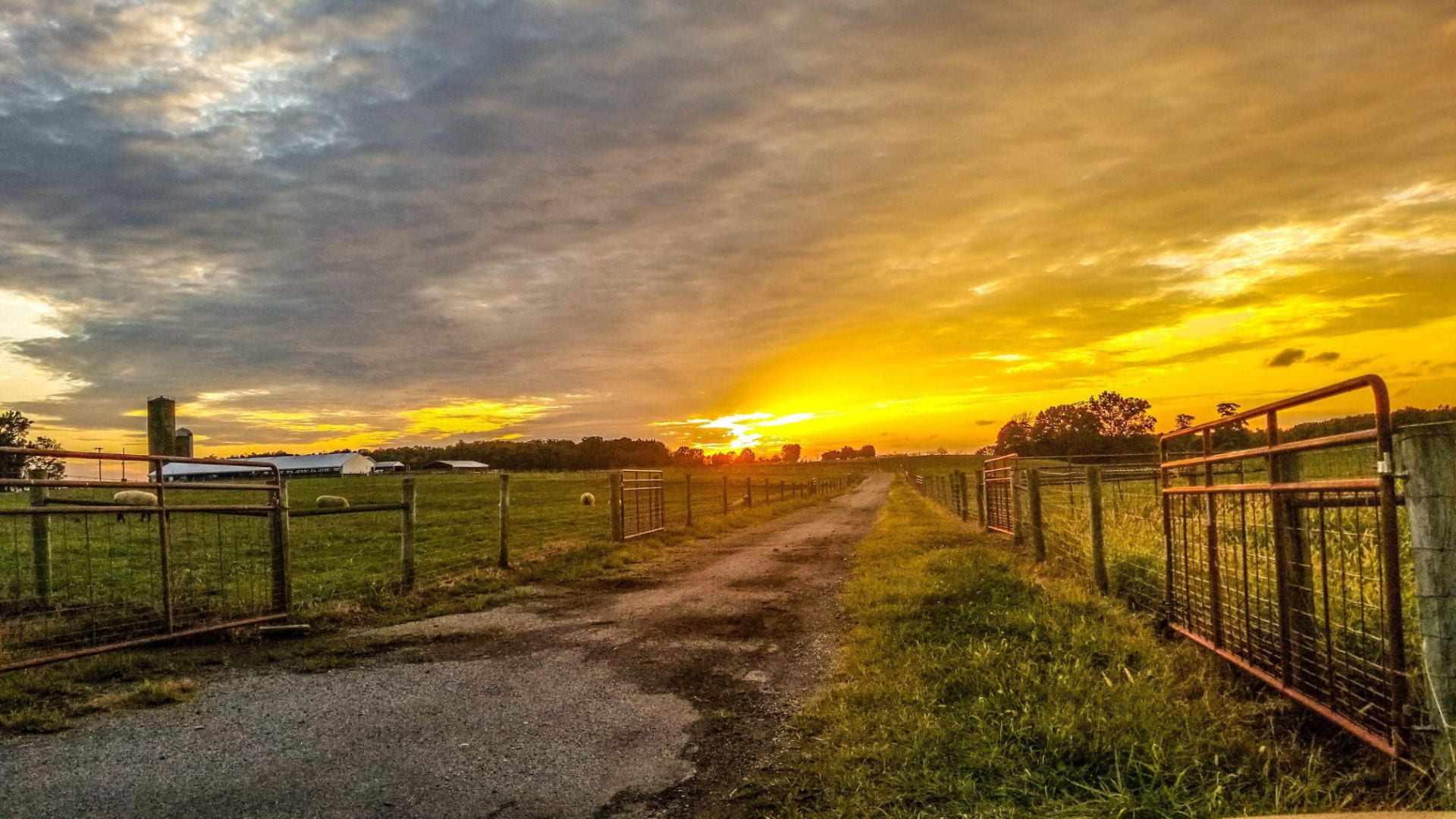Dr. Jennifer N. Roberts, DVM, DACT, Michigan State University
(Previously published online with Merck Manual Veterinary Manual: September, 2024)

(Image Source: Dr. Robert M. Lofstedt)
Eversion and prolapse of the vagina, with or without prolapse of the cervix, occurs most commonly in cattle and sheep (cows and ewes) and usually occurs in mature animals in the last trimester of pregnancy. A form of vaginal prolapse also occurs in dogs.
Predisposing factors include increased intra-abdominal pressure associated with the gravid uterus, intra-abdominal fat, and rumen distention plus relaxation and softening of the pelvic girdle and associated soft-tissue structures of the pelvic canal and perineum mediated by increased circulating concentrations of estrogens and relaxin during late pregnancy. Increased intra-abdominal pressure in recumbent animals may contribute to eversion of the vaginal tissue. Continue reading Vaginal and Cervical Prolapse in Ruminants

 a lot about tradition in the American sheep industry. Traditions aren’t stagnant, they get modified from one generation to the next as new information and insights are gained.
a lot about tradition in the American sheep industry. Traditions aren’t stagnant, they get modified from one generation to the next as new information and insights are gained.